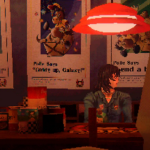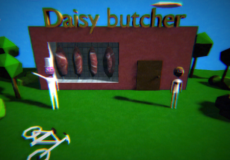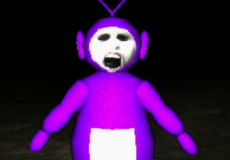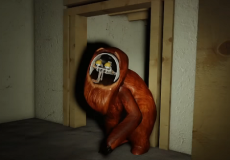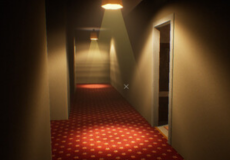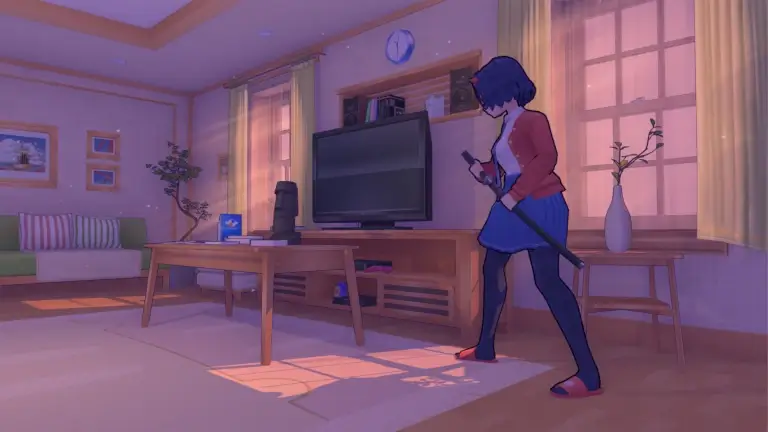

Mr. Hopp’s Playhouse: The Toybox
Advertisement
Mr. Hopp’s Playhouse: The Toybox continues the story of the haunted toys, expanding the universe first seen in earlier games. The focus shifts to a new pair of characters, Kaiya and Emmie, who are connected through a strange set of dreams. The toybox in their home becomes the main path to another dimension filled with distorted versions of familiar rooms and memories. The player experiences this world through Kaiya’s perspective, where every object has meaning and every sound signals potential danger. The story unfolds through exploration and observation rather than dialogue, allowing players to piece together the connection between the toys, the house, and the dream world.
Advertisement
Similiar games
Mr. Hopp’s Playhouse: The Toybox continues the story of the haunted toys, expanding the universe first seen in earlier games. The focus shifts to a new pair of characters, Kaiya and Emmie, who are connected through a strange set of dreams. The toybox in their home becomes the main path to another dimension filled with distorted versions of familiar rooms and memories. The player experiences this world through Kaiya’s perspective, where every object has meaning and every sound signals potential danger. The story unfolds through exploration and observation rather than dialogue, allowing players to piece together the connection between the toys, the house, and the dream world.
Environment and Design
The environments in Mr. Hopp’s Playhouse: The Toybox follow a consistent pattern of tension and discovery. Each location contains secret paths, notes, and small puzzles that advance both gameplay and story. The player moves through hallways, basements, and surreal toybox areas that distort reality. The lack of visible guidance encourages exploration and memorization. The setting alternates between calm and threat, pushing the player to read subtle audio and visual cues. The design of the world supports the game’s theme — familiar spaces that turn into traps.
Gameplay and Interaction
The gameplay relies on stealth, timing, and attention to the environment. Kaiya must hide, move quietly, and plan her route while being chased by Mr. Hopp and the new antagonist, Mr. Ruffle. The player interacts with objects to open paths, trigger mechanisms, or distract enemies. Survival depends on understanding how noise and visibility affect detection. The structure of the game includes tasks that repeat with variations, creating a rhythm between exploration and escape.
Main activities include:
· gathering story fragments hidden in notes or rooms
· unlocking new areas of the toybox dimension
· evading patrols and learning movement patterns
· solving puzzles that control light or sound
· piecing together Emmie’s role in the larger story
These elements form a continuous loop that rewards patience and awareness.
Themes and Direction
The narrative extends beyond basic horror, turning the toybox into a space where memories and fears overlap. The toys symbolize emotional fragments that resist being forgotten. Kaiya’s journey becomes an attempt to understand and protect rather than destroy. The game maintains the minimalist pixel style of previous entries but deepens the emotional structure behind the setting. Mr. Hopp’s Playhouse: The Toybox continues the series tradition of connecting survival mechanics with psychological themes, using silence and repetition to shape the feeling of isolation and persistence.
Discuss Mr. Hopp’s Playhouse: The Toybox

